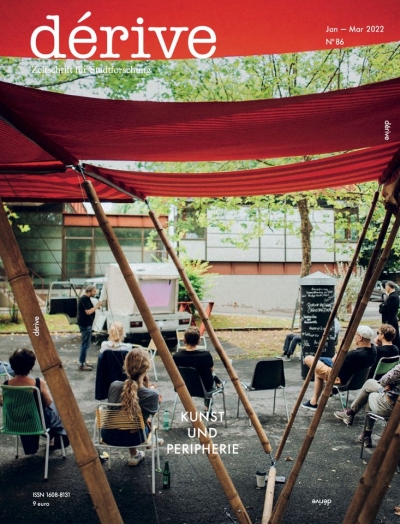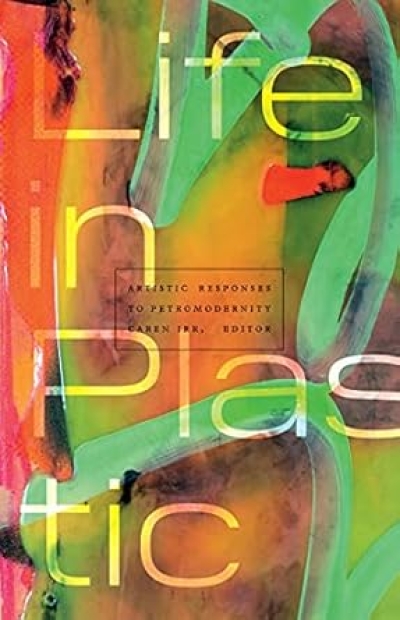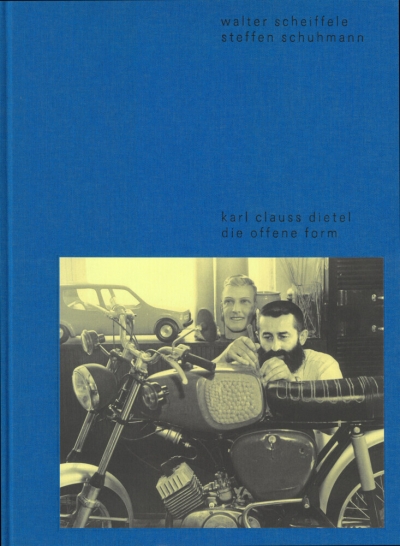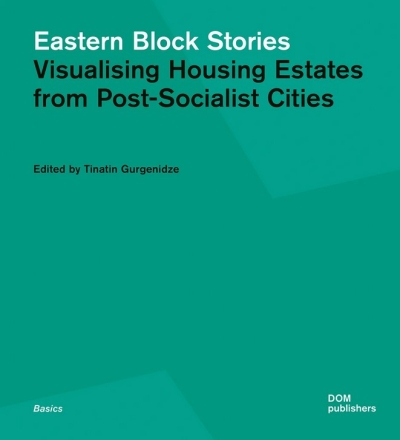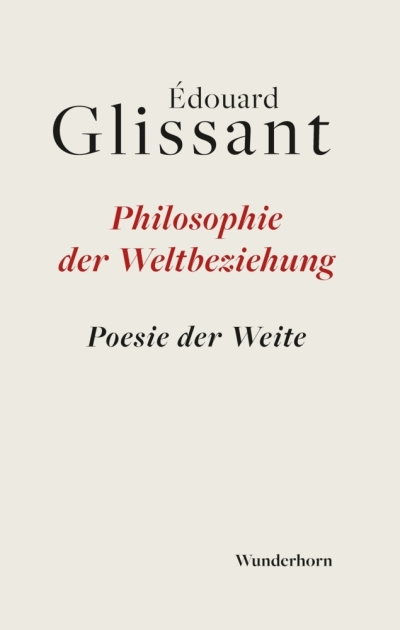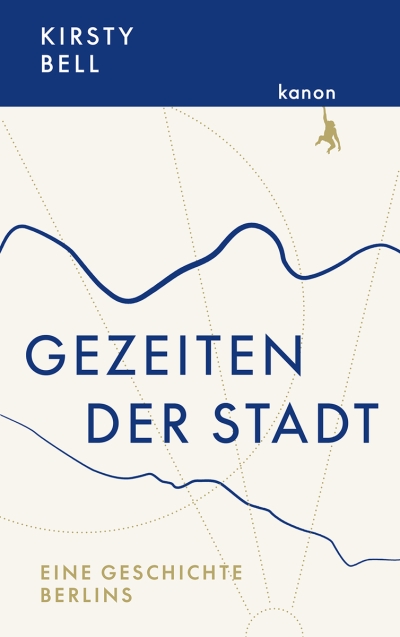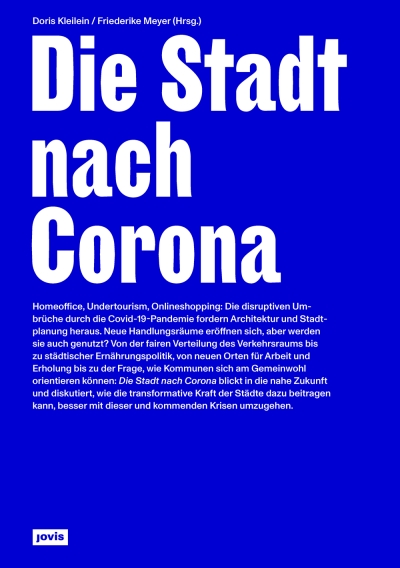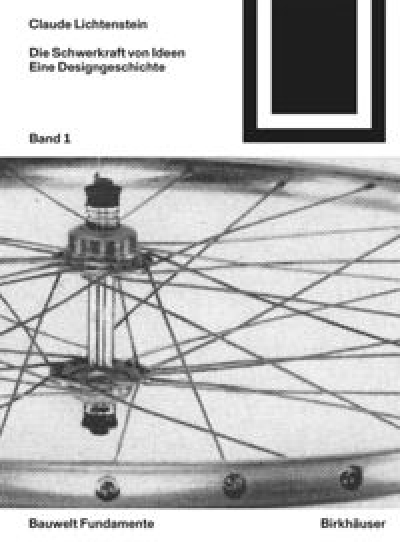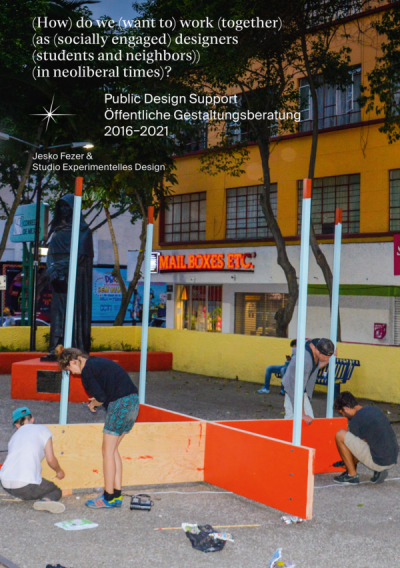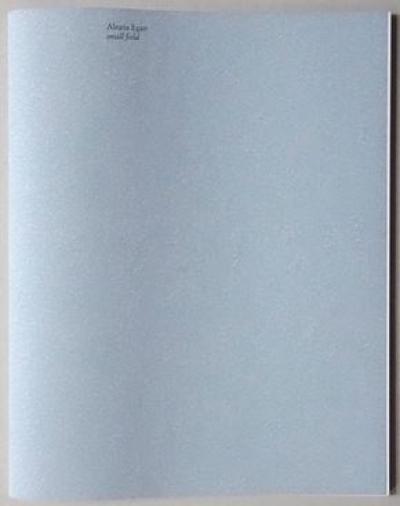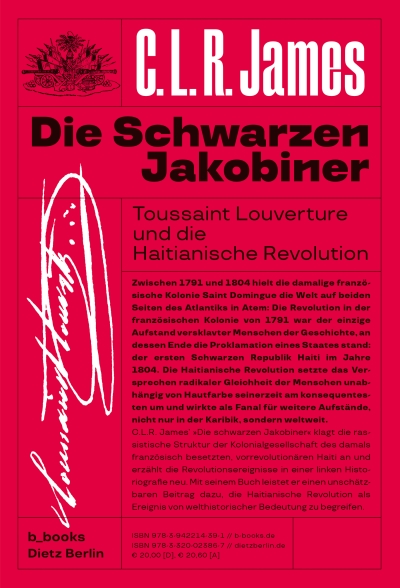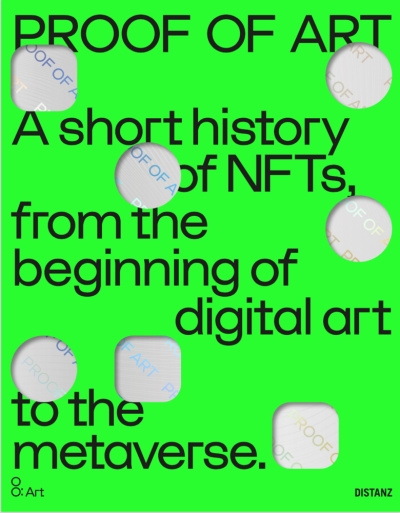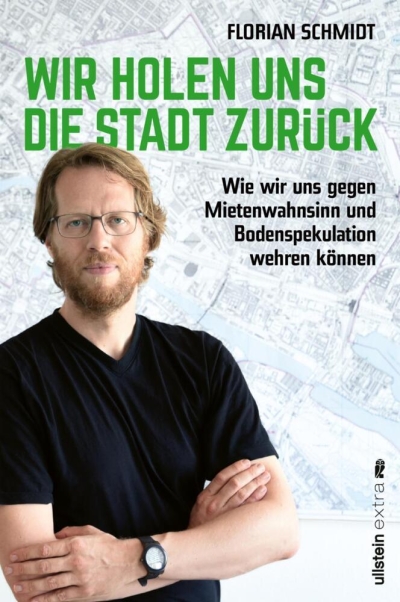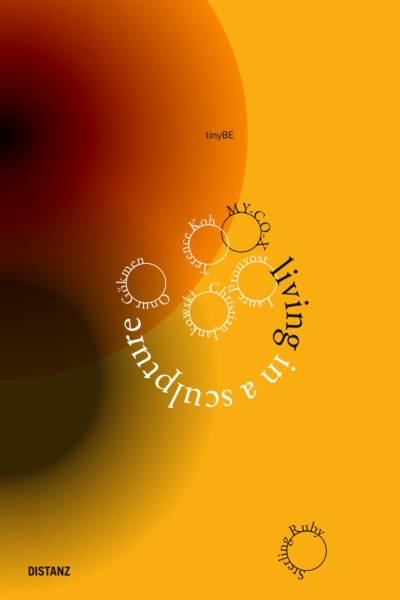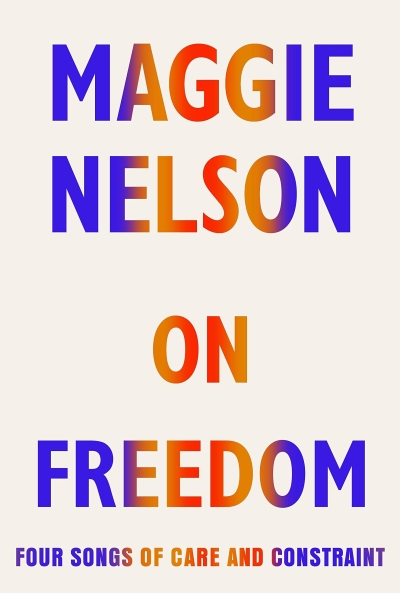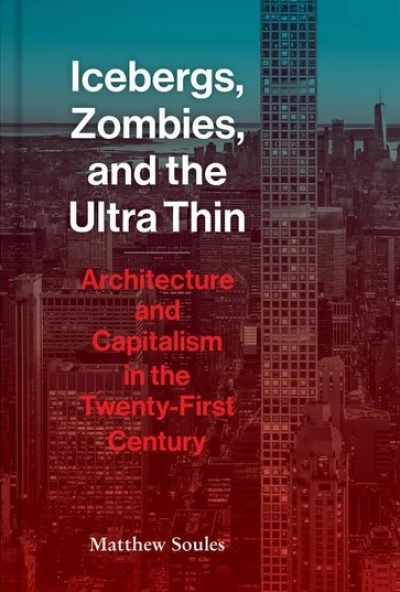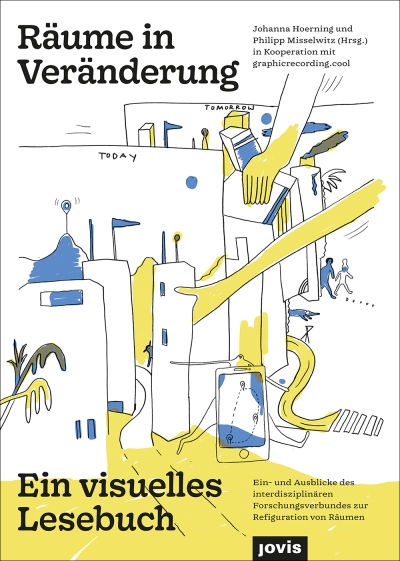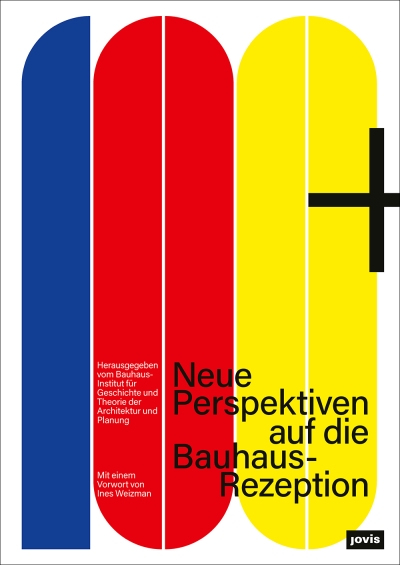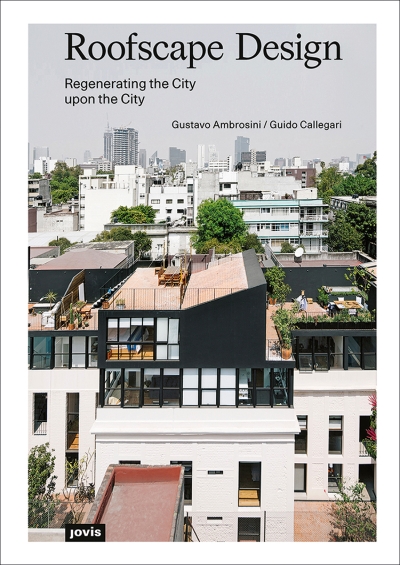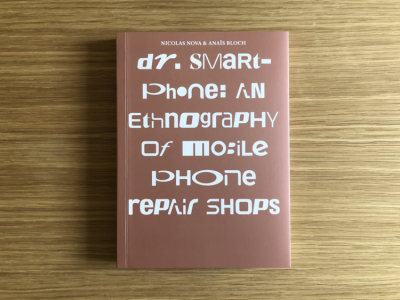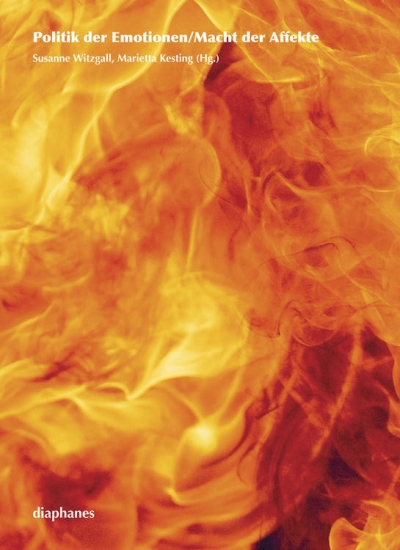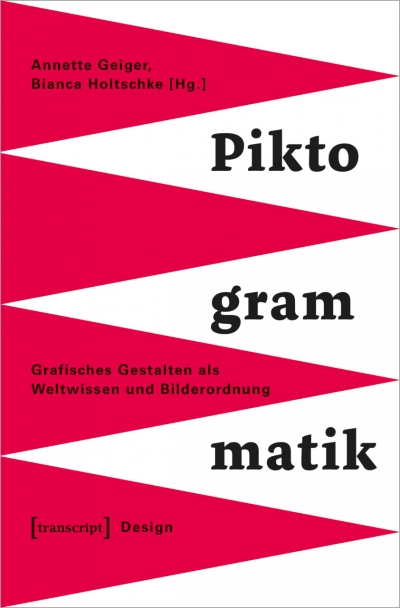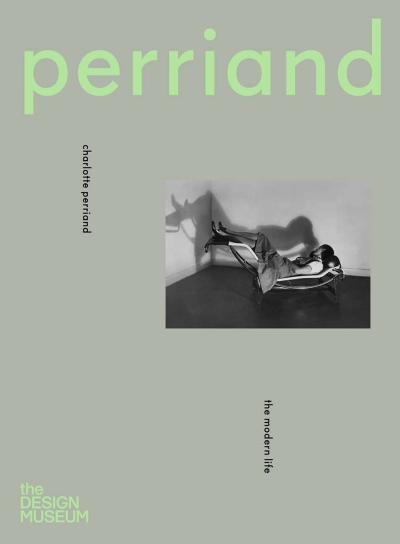
Spangbergianism
Fellow Travelers,
I don’t ask you for anything. I’m not sending you an application. This has nothing to do with asking for permission. This is definitely not an invitation, nothing of the kind. Why be modest, ask politely. Reasonable not at any point, but especially under these circumstances when there are big things going down and the shop might just close in front of our noses. Art ladies and gentlemen don’t ask for authorization. Don’t wait for approval, it goes a head and forgets to look behind.
Artistic practices – except for rock ‘n roll which also has turned into a pale copy of it’s real self – has over the last decade developed into a well-mannered, sympathetic, supportive, subsidy-friendly sauce of instrumentalized invitations with something for everybody, yet hoping that next year or at least soon artistic autonomy will be resurrected [and who the hell wants autonomy in the first place]. It’s just a matter of riding out the bad times as if art was like crop; after a few bad years it will come back. Pas de tout zat is not gonna happen, and mind you the more benevolent, christian and available we are the more shit will come our direction. The moment you say yes and consider doing the same – just a little smaller – for a lot less resources the happier cultural policy will be.
So fuck that – this is not an invitation. What you have in front of you is a command, it’s an instruction that offers no alternatives – it’s like worse than "fasten your seatbelts" with Bulgarian flight stewardesses – it’s so not up for negotiation, it’s a freaking order.
Spangbergianism is a book that doesn’t apologize for nothing, it’s a book written out of despair, with no other desire than change – and fuckin fast. It’s a book that has no smaller ambitions than to change the world [permanently] and to find a way out of our present artistic predicament and when we are anyways at it out of capitalism all together. And mind you it’s totally funny on the way – [I know I wrote it.]
I say this only once: This is not an invitation, it’s an order not only to get out of the house and pick up the book but also to start the struggle against well-meaning, I’m-available and super flexible art. It’s a command to join the fight against opportunism and endless concession and it is a cry for help. Like you, I’m alone but trust me my support is unconditional. Side by side. We take no prisoners. We show no remorse. We fight until the end. No fuck that – we fight even longer.
Mårten Spångberg is performance related artist living and working in Stockholm. His interests concern choreography in an expanded field, something that he has approached through experimental practices and creative process in multiplicity of formats and expressions. He has been active on stage as performer and creator since 1994, and has since 1999 created his own choreographies, from solos to larger scale works, which has toured internationally. The solo Powered by Emotion (2003) for himself has become a modern classic. In 2002 he choreographed “Break, Intermission, Before and After” for the Frankfurt Ballet. A thorough focus on concept in pieces such as "Avantgarde" (1999), "Recent Works" (2000), "All All…" (2002) and "Artists’-talk" (2002), has transformed into a stronger focus on the dancing body and the production of experience starting with "Powered by Emotion" and later with "Heja Sverige" (2005), "After Sade" (2006), "Slowfall" (2008) and the ballet performance DARK (2009). He has also worked as a dancer and collaborator with among others Xavier Le Roy, Christine De Smedt and Thomas Plischke.
http://spangbergianism.wordpress.com/







